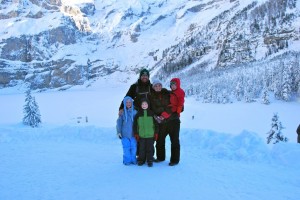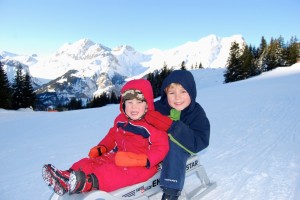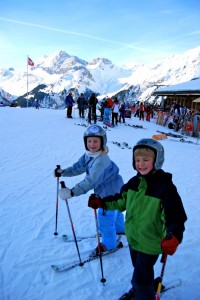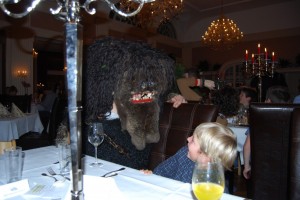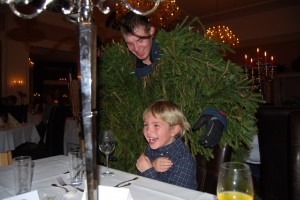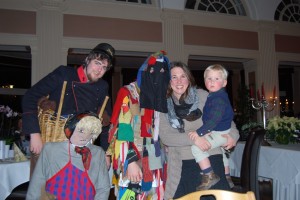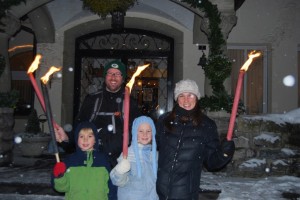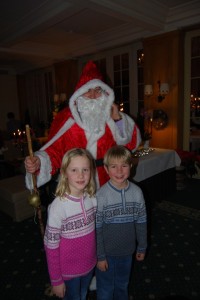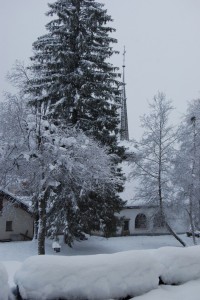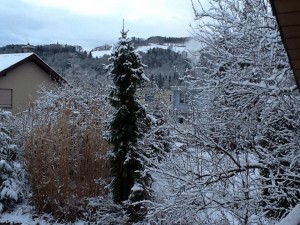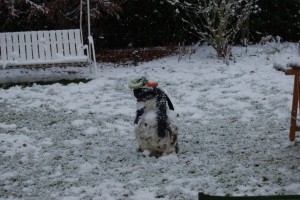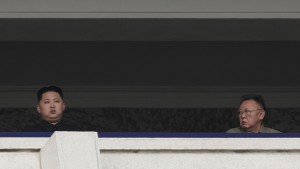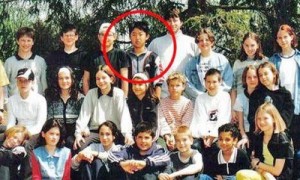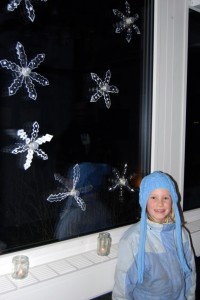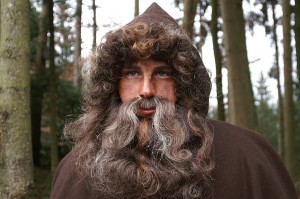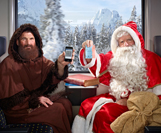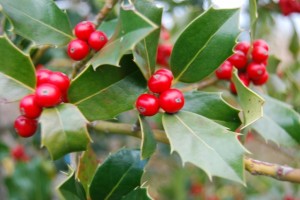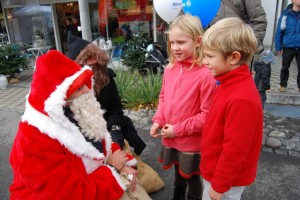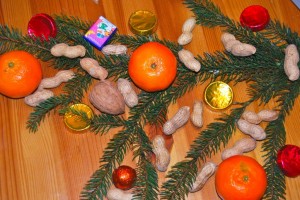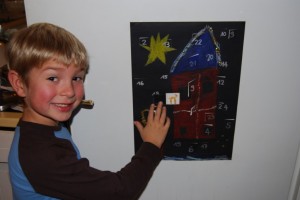James has been having a bit of a difficult Christmas. He’s admitted to being pretty homesick, and I think that the holidays coming on were making him think more of home. More than that, though, James became convinced this year that Santa wasn’t real. And this wasn’t just a fleeting thought. He would argue about it. He would yell at his sister about it. He would get upset when anyone suggested otherwise.
So Sarah and I talked to him. We pulled him aside and said we thought it was fine if he didn’t want to believe in Santa Claus. He told us that he thought we were the ones who brought presents on Christmas. We told him that was true. But we also told him that it was important to his younger brother and older sister that Santa really existed. So we said that, for now, we would not discuss whether Santa existed in front of Emily and Henry, unless they wanted to talk about it too. He was OK with that.
Then we went on our Christmas Vacation in the Alps and a few small things happened. First, while enjoying our presents on Christmas Eve, a small bell rang from the next room, when the kids went in they found a few more presents and evidence that the Christkind had been there.
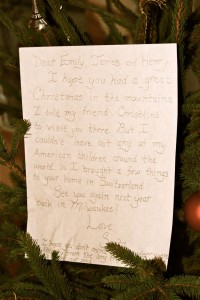
That night, at dinner, the Weihnachtsmann visited. The kids were suspicious of this man, but he pulled me aside, and asked me if I knew an Emily and James. I told him I did. He handed me two packages and told me that they contained a very special Swiss treat only for boys and girls who were ready to accept them. The Weihnachtsmann had singled out Emily and James.
Finally, when we arrived home in Münsingen, we found our fireplace open. There were bootprints and ashes around our tree. James detected hoof prints in the backyard. Most importantly, there were presents under our well-cared for and watered Christmas tree. There was also a note on the tree that read:
Dear Emily, James, and Henry,
I hope you had a great Christmas in the mountains. I told my friend Christkind to visit you there. But I couldn’t leave out any of my American children around the world, so I brought a few things to your home in Switzerland.
See you next year back in Milwaukee!
Love,
SantaP.S. I hope you don’t mind – the reindeer were very thirsty from the long trip, so they took a drink from your pond.
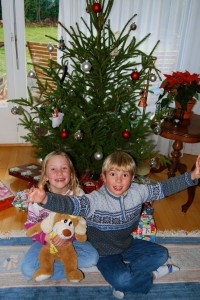
James, Emily, and Henry all jumped around the room yelling that they couldn’t believe it! Santa had come to visit them in Switzerland. James told Sarah and I that he couldn’t believe that he was wrong about Santa. Then he told us he couldn’t believe that we were wrong about Santa, too.
We agree. How amazing it can be to believe again.

